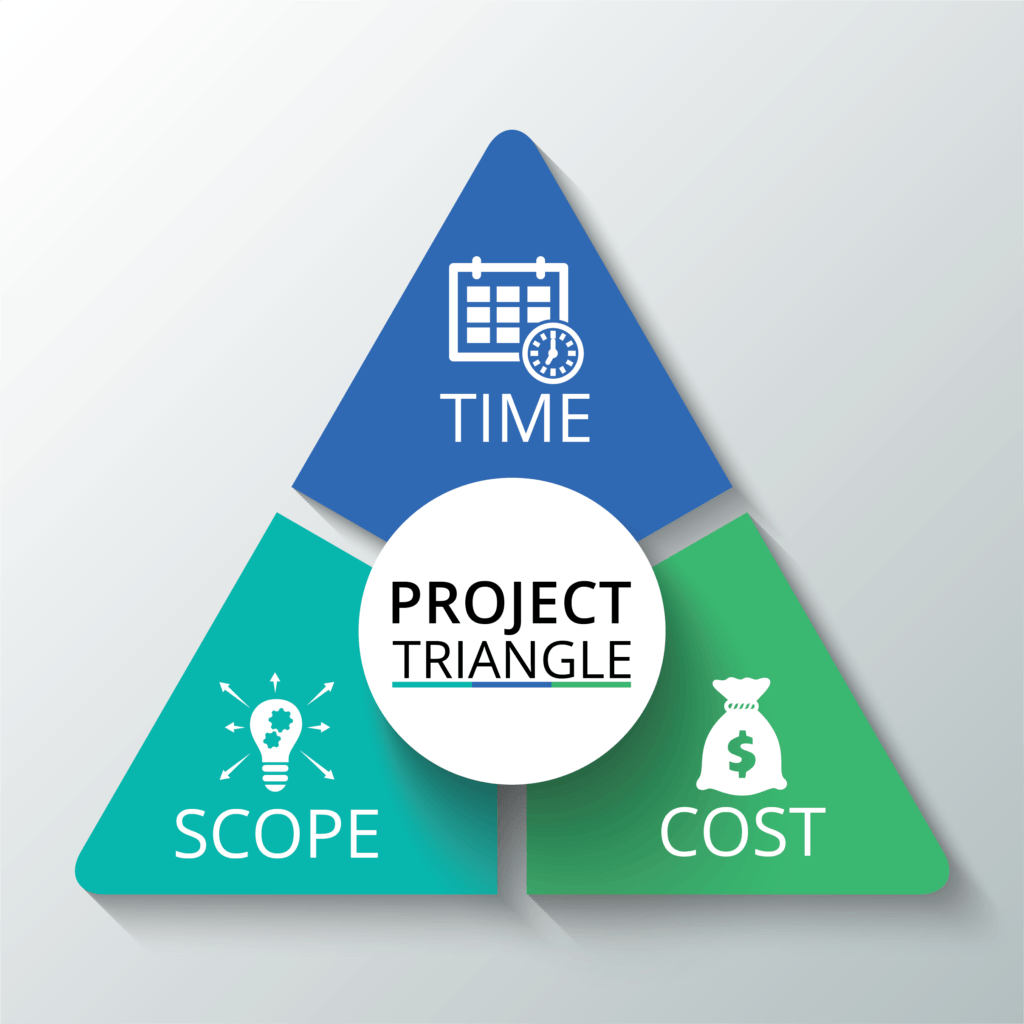What is Minimalism?
Minimalism as a concept can be defined in different ways, depending on the context in which it is applied. In general, minimalism is characterized by a focus on simplicity and the use of minimal elements. This can be seen in various forms of art, design, and architecture, as well as in lifestyles and personal philosophies.
In art and design, minimalism often involves the use of simple forms and shapes, a limited color palette, and a lack of ornamentation or decoration. This can create a sense of purity, clarity, and simplicity, and it is often used to create a sense of space and openness.
In architecture, minimalism is often associated with clean, modern lines and functional aesthetics. Minimalist buildings often use simple, geometric forms and a limited palette of materials, and they often prioritize functionality over ornamentation.
Minimalism can also be applied to lifestyles, where it involves simplifying one’s possessions and living with fewer material possessions. This can involve decluttering one’s living space and focusing on the essentials, and it is often associated with the idea of living a more mindful and intentional life. Minimalism also involves simplifying living with fewer material possessions. This can include decluttering one’s living space and focusing on the essentials, reducing consumption of goods and services, and focusing on buying only what is necessary or essential. It is often associated with the idea of living a more mindful and intentional life.
It can also involve a focus on experiences and relationships, rather than material possessions. Minimalist people prioritize activities and experiences that bring joy and fulfillment. It focuses on cultivating meaningful relationships with others.

Antoine suggests that perfection is achieved not through the addition of more elements, but through the process of simplification and reduction. It’s often associated with the concept of minimalism, which emphasizes simplicity and the use of minimal elements. It suggests that the pursuit of perfection involves stripping away unnecessary elements and focusing on what is essential.
Minimalism in project management
I embraced Minimalism in my lifestyle, a few years ago, following the blog of Leo Barbuta. At the same time, my family started to follow the life organization of Marie Kondo. In a few months, the challenging adoption of the minimalist lifestyle was a life-changer.
As consequence of its impact on my life, I started to adopt a minimalist approach not only in my personal environment but also on my Project Management approach.
Giovanni Toccu
Some Keys to the Minimalism on Project Management:
Focus on the essentials: Minimalist project management involves identifying and focusing on the essential elements of a project, and letting go of unnecessary or non-essential elements.
This means that the project manager should carefully consider what is truly necessary to complete the project, and should be willing to eliminate anything that is not essential.
When a project requires the development of a new software application, the project manager might focus on the core features that are necessary to deliver the desired functionality and eliminate any additional features or bells and whistles that are not strictly necessary. By focusing on the essentials, the project manager can ensure that the project stays on track and that resources are not wasted on unnecessary elements.
Simplify the project scope: Minimalist project management involves simplifying the scope of the project to focus on the most important goals and deliverables
The project manager should carefully consider the overall objective of the project, and should identify the key goals and deliverables that are necessary to achieve that objective.
If the project involves the development of a new marketing campaign, the project manager might focus on the key goals of the campaign, such as increasing brand awareness or driving sales, and eliminate any objectives that are not directly related to those goals.
Use minimal resources: Minimalist project management involves using only the resources that are absolutely necessary to complete the project, rather than overloading the project with unnecessary resources
The project manager should carefully consider the resources that are required to complete the project and should be willing to eliminate any resources that are not strictly necessary.
For example, if a project requires the development of a new website, the project manager might focus on the core features that are necessary to deliver the desired functionality and eliminate any additional modules that are not strictly necessary.
Streamline processes: Minimalist project management involves streamlining processes and eliminating unnecessary steps or redundancies
The project manager should carefully consider the processes that are used to complete the project, and should identify any steps that are not strictly necessary to ensure that the project is completed more efficiently and effectively.
If a project involves the delivery of a dataset, the project manager might streamline the process of generation and validation of the data, by eliminating unnecessary steps or redundancies. This might involve using a digital tool to review and approve the data, rather than relying on a manual process that requires multiple rounds of review and approval.
Use simple tools and techniques: Minimalist project management involves using simple, straightforward tools and techniques to manage the project, rather than complex or overly elaborate systems
A project manager should carefully consider the tools and techniques that are used to manage the project, and should be willing to eliminate any aid that is not strictly necessary.
When a project involves the development of a new software application, the PM might use a simple Excel Document to track the timeline of the project, rather than an expensive and complex tool like Microsoft Project. Complex tools require extensive training and have a steep learning curve.
Emphasize efficiency: Minimalist project management involves a focus on efficiency, using efficient and effective methods to complete the project
You should carefully consider the most efficient and effective ways to complete the project, and should be willing to eliminate any methods that are not strictly necessary.
For example, if a project involves the development of a new marketing campaign, the project manager might focus on using efficient methods for creating and distributing marketing materials, such as using digital tools or outsourcing certain tasks. In this way, the project is completed on time and within budget.
Use clear communication: Minimalist project management involves using clear, concise communication to convey information about the project to team members and stakeholders
The project manager should carefully consider how to communicate effectively with team members and stakeholders and should be willing to eliminate any communication channels or methods that are not strictly necessary.
If a project involves the development of a new product, the project manager might use clear and concise communication to convey the key features and benefits of the product to the marketing team and to potential customers.
Use agile principles: Minimalist project management often involves using agile principles, such as iterative development and frequent feedback, to manage the project
Agile project management is a flexible and iterative approach to project management that emphasizes rapid development and the ability to adapt to changing requirements. By using agile principles, the project is completed more efficiently and effectively.
While developing of a new software application, the project manager might use agile principles to manage the project. This might involve an iterative development process, in which the project is divided into small chunks of work that are completed and delivered in short increments. The project manager might also use frequent feedback to ensure that the project is on track and to make any necessary adjustments as the project progresses.
Emphasize flexibility: Minimalist project management involves being flexible and open to change, and being able to adapt to changes in the project as needed
This means that the project manager should be prepared to adapt to changes in the project, and should be willing to modify the project plan as necessary.
Let’s imagine a project to deliver a Medical Data Stream. The project manager might need to be flexible and adapt to changes in the client’s backend technology or to changes in the business scope. This might involve making adjustments to the format of the data delivered or to the specific fields as the delivery progresses. By emphasizing flexibility, the project manager can ensure that the project stays on track and that it meets the needs of the stakeholders.
Focus on results: Minimalist project management involves a focus on delivering results and meeting the project’s goals, rather than getting bogged down in unnecessary details or processes
This means that the project manager should carefully consider the goals of the project, and should focus on delivering the results that are necessary to meet those goals.
Imagine a project for the development of a new product. The project manager might focus on delivering the key features and benefits of the product, rather than getting bogged down in unnecessary details or processes.
“What isn’t there doesn’t break”
Anonimous
Henry Ford was the first to theorize the famous “Less is More” so much in vogue today. “I have always strived to produce with minimum waste, both regarding raw materials and labor”.
The Minimalistic Project Management Triangle
The typical Constraints Triangle in Project Management is given by Cost, Time, and Scope. Minimalism helps to keep them under control to deliver the Best Quality Possible.

Minimalism can save money in project management
Minimalism can definitely help to save money. The concept of minimalism involves focusing on the essentials and eliminating excess or unnecessary elements. In the context of project management, this can mean cutting out unnecessary tasks, streamlining processes, and reducing the number of resources required to complete a project. By adopting a minimalist approach, you can reduce project costs and increase efficiency, which can ultimately lead to significant cost savings.
Here are a few ways in which minimalism can help save money in project management:
- Reduce complexity: Minimalism involves simplifying and streamlining processes, which can help reduce the complexity of a project. This can lead to fewer mistakes and lower costs associated with correcting those mistakes.
- Cut out unnecessary tasks: By eliminating unnecessary tasks, you can reduce the time and resources required to complete a project. This can lead to significant cost savings.
- Simplify project requirements: A minimalist approach can help you identify and focus on the most essential requirements for a project. This can help you avoid overloading your team with unnecessary tasks, which can increase costs.
- Use fewer resources: Minimalism involves using fewer resources to achieve the same goal. By reducing the amount of resources required to complete a project, you can save money on materials, equipment, and labor costs.
Minimalism can save time in project management
Yes, minimalism can also help save time in project management. By focusing on the essentials and eliminating excess or unnecessary elements, you can streamline processes and reduce the time required to complete a project. Here are a few ways in which minimalism can help save time in project management:
- Simplify project requirements: A minimalist approach can help you identify and focus on the most essential requirements for a project. This can help you avoid wasting time on unnecessary tasks.
- Cut out unnecessary activities: By eliminating unnecessary activities, you can reduce the time required to complete a project.
- Reduce complexity: Minimalism involves simplifying and streamlining processes, which can help reduce the complexity of a project. This can lead to fewer mistakes and lower the amount of time required to correct those mistakes.
Minimalism can help to “Deliver on Scope” the project
By focusing on the essentials and eliminating excess or unnecessary elements, you can streamline processes and reduce the complexity of a project. This can help ensure that the project stays on track and that the end result meets the desired level of quality.
Here are a few ways in which minimalism can improve the quality of the deliverables in project management:
- Simplify project requirements: A minimalist approach can help you identify and focus on the most essential requirements for a project. This can help you avoid unnecessary distractions and ensure that the project stays on track.
- Use fewer resources: Minimalism involves using fewer resources to achieve the same goal. By reducing the amount of resources required to complete a project, you can improve the efficiency of the project and potentially improve the quality of the end result.
- Reduce complexity: Minimalism involves simplifying and streamlining processes, which can help reduce the complexity of a project. This can lead to fewer mistakes and an overall improvement in the quality of the deliverables.
To summarise: By adopting a minimalist approach to project management, you can save time and money, increase efficiency, and focus on the most important elements of a project. This can be particularly useful for projects that are resource-constrained or have tight deadlines, as it allows you to prioritize the most essential tasks and eliminate unnecessary distractions. Minimalism can also improve the quality of the deliverables in project management.
By simplifying project requirements and eliminating unnecessary tasks, you can reduce the risk of errors and ensure that the project stays on track. Using fewer resources can also improve the project’s efficiency and the quality of the end result. However, it’s important to carefully consider the trade-offs of eliminating certain tasks or resources, as they may be essential to the overall success of the project. It’s also important to keep in mind the needs and expectations of the stakeholders involved in the project, as they may have specific requirements that need to be met.
What is important to understand is that a Minimalist work style doesn’t mean working the minimum but optimize any side of your workday to avoid waste of resources and time and to deliver the best quality of project cutting away any bells and whistles.



